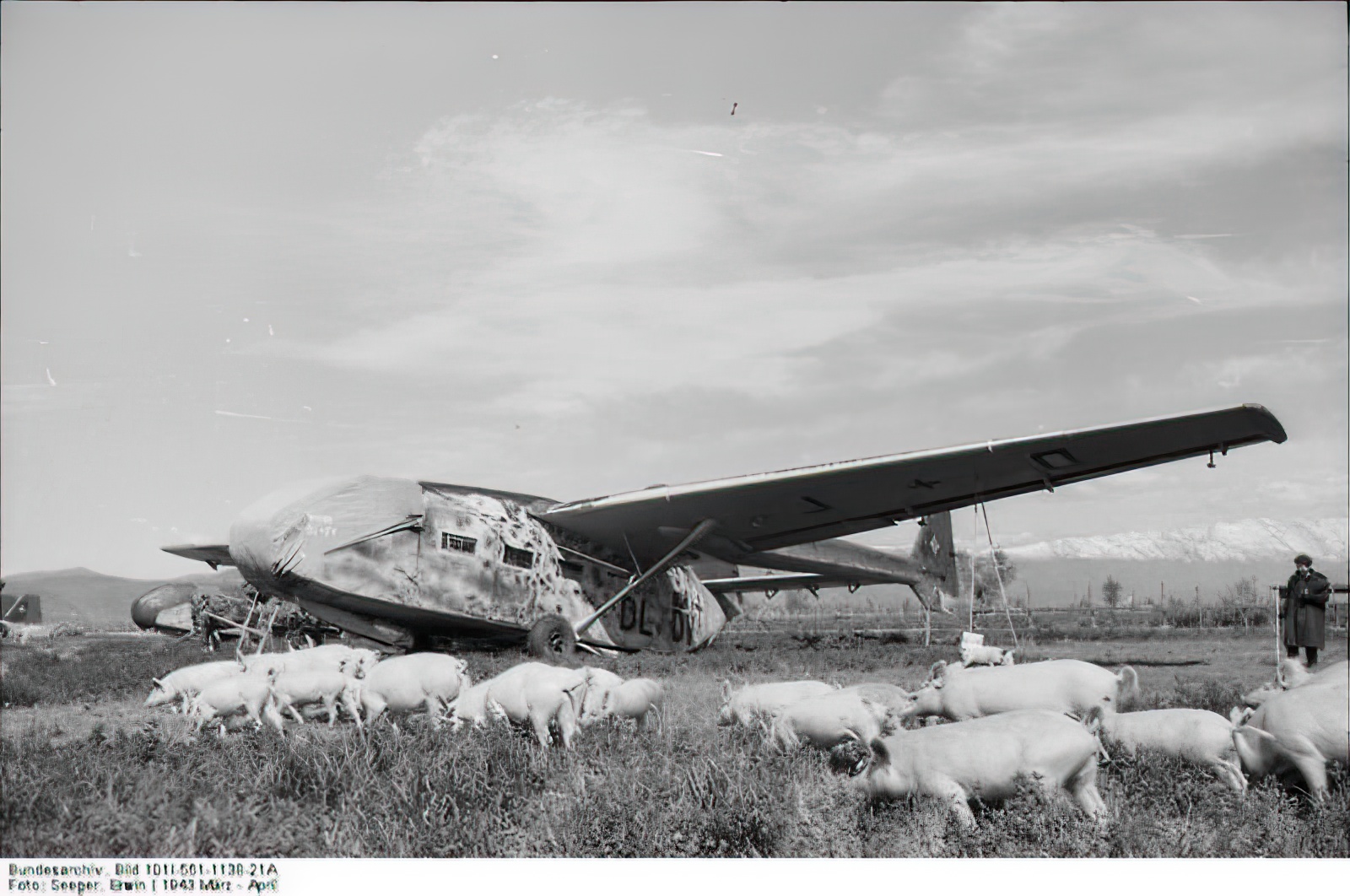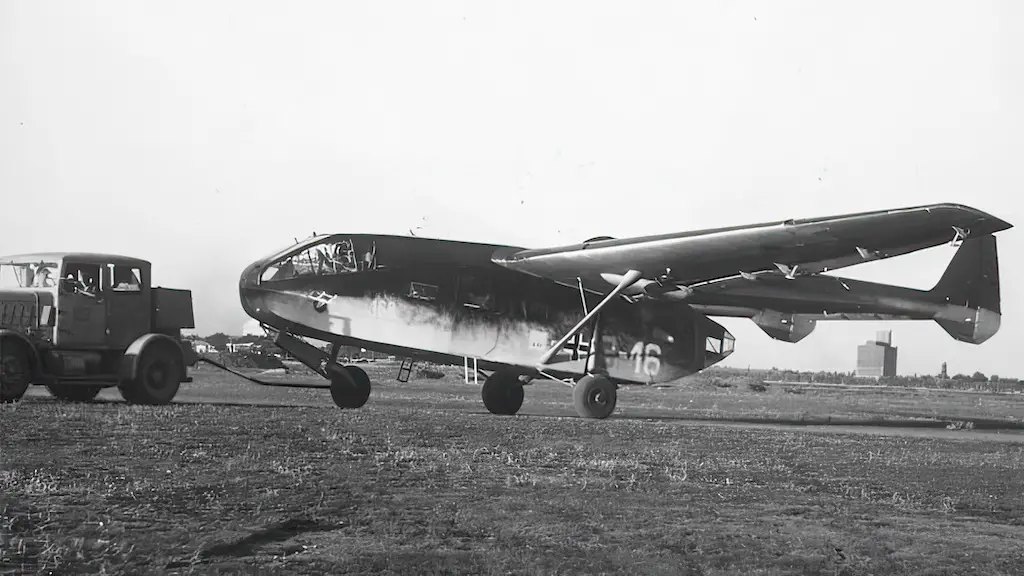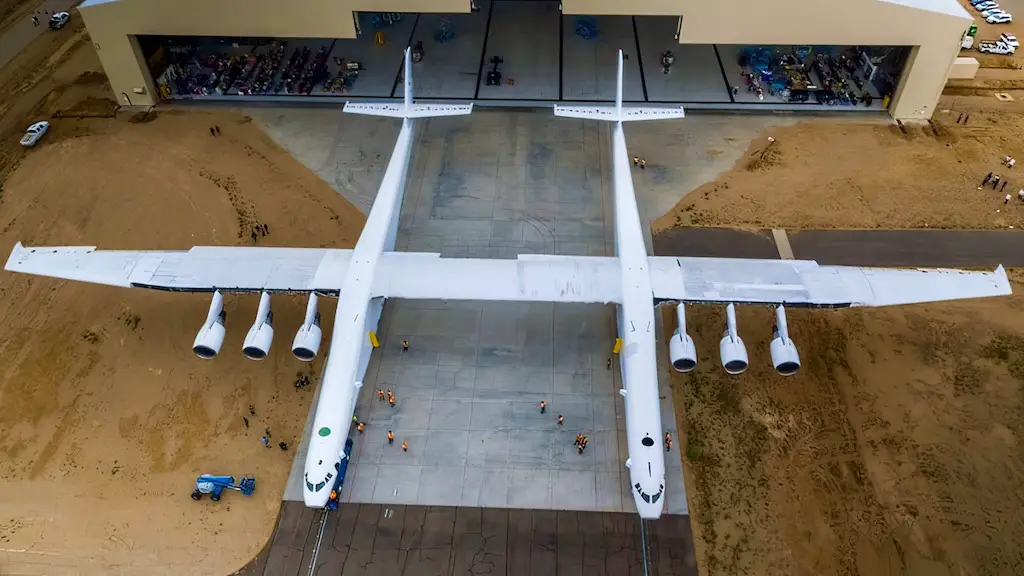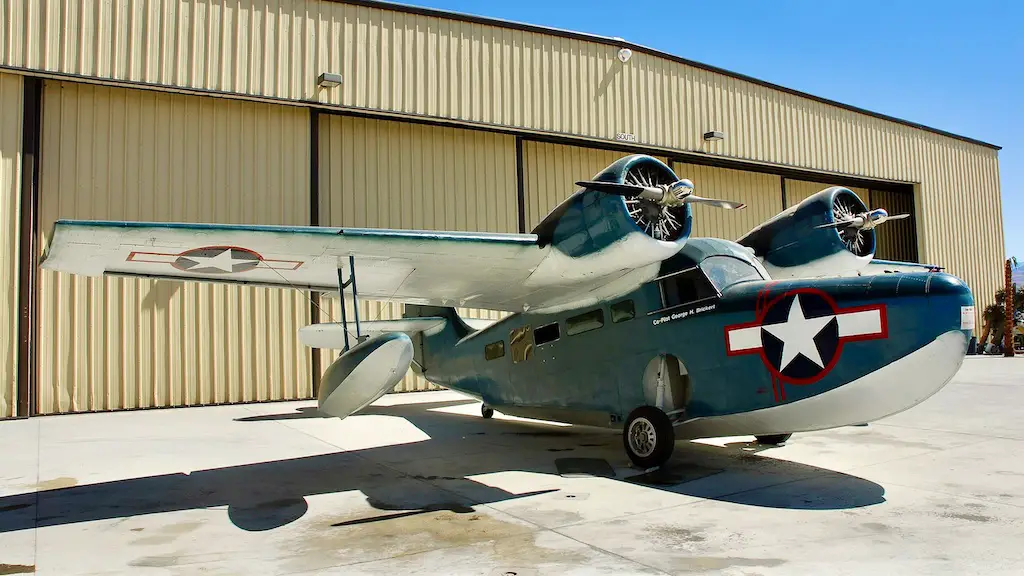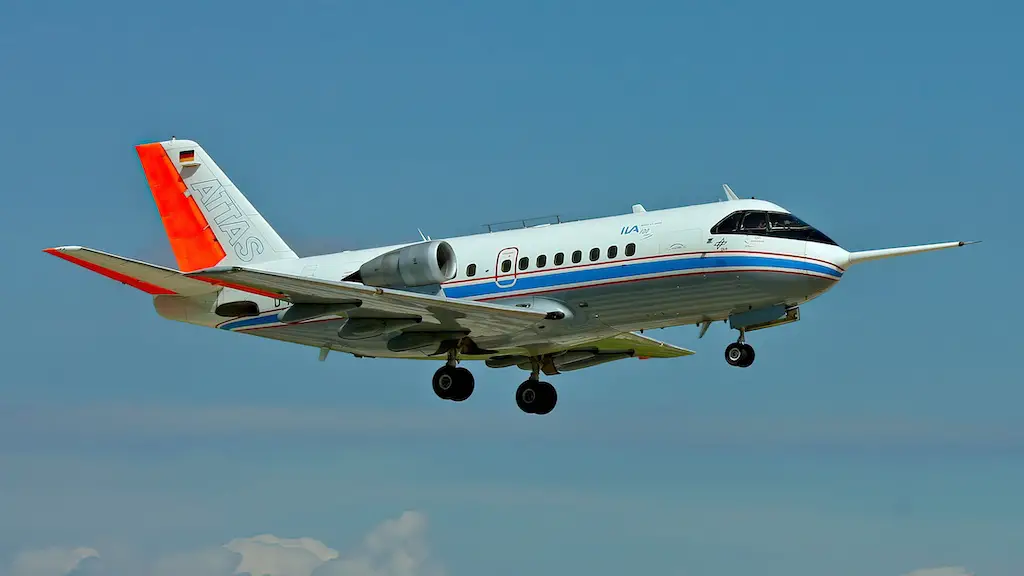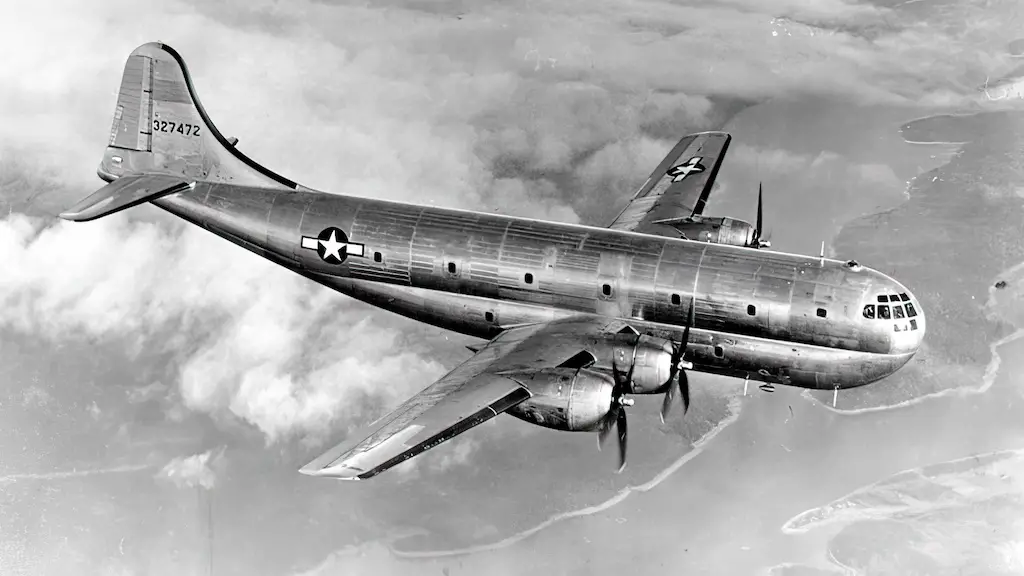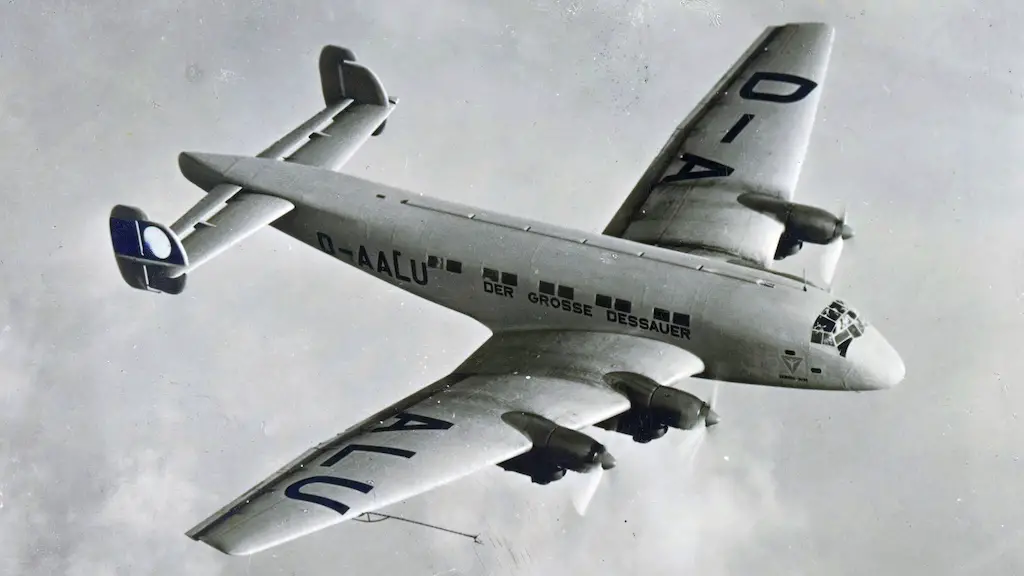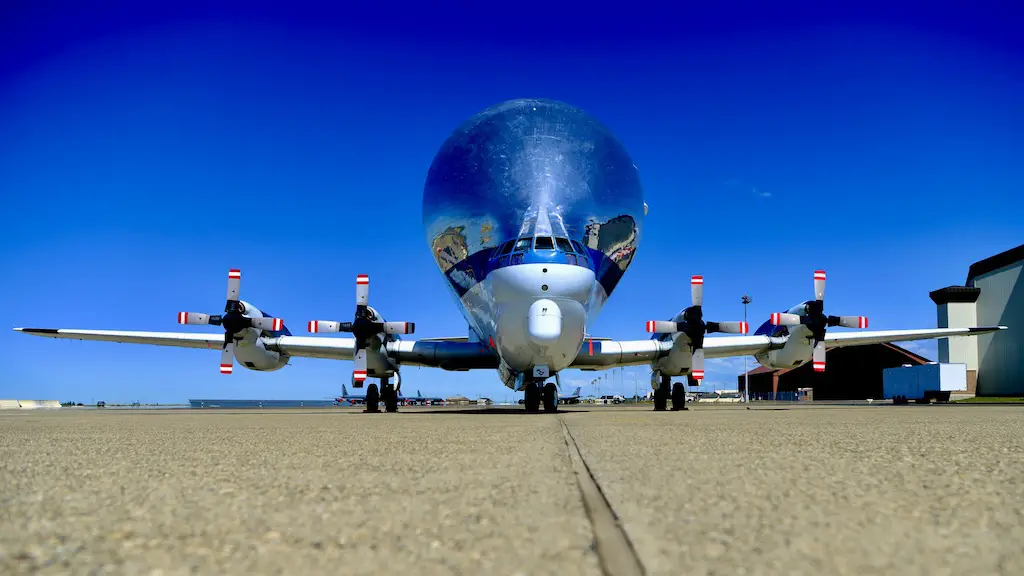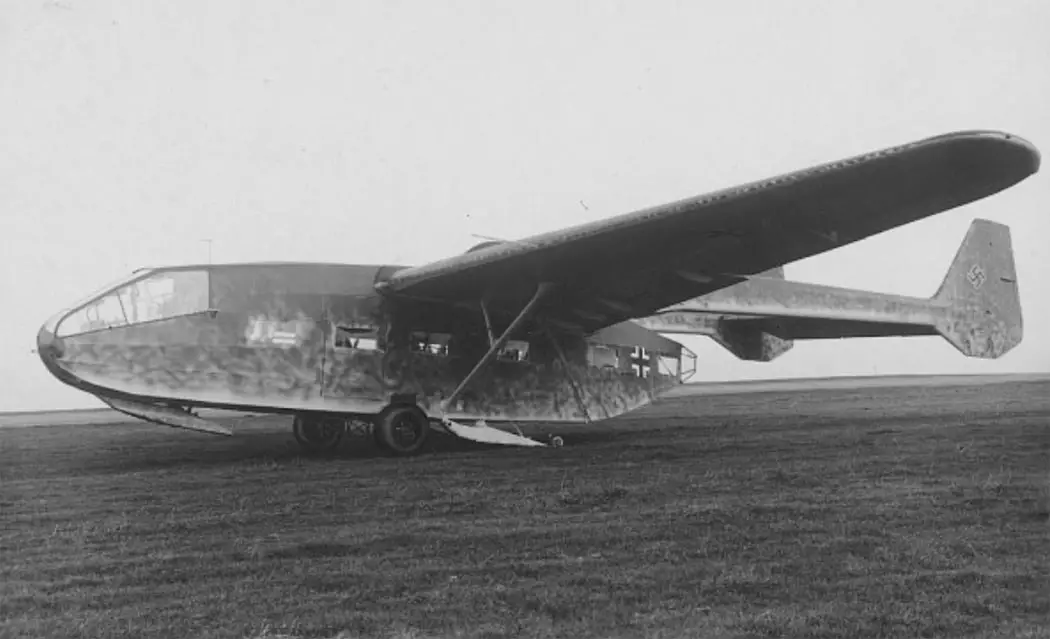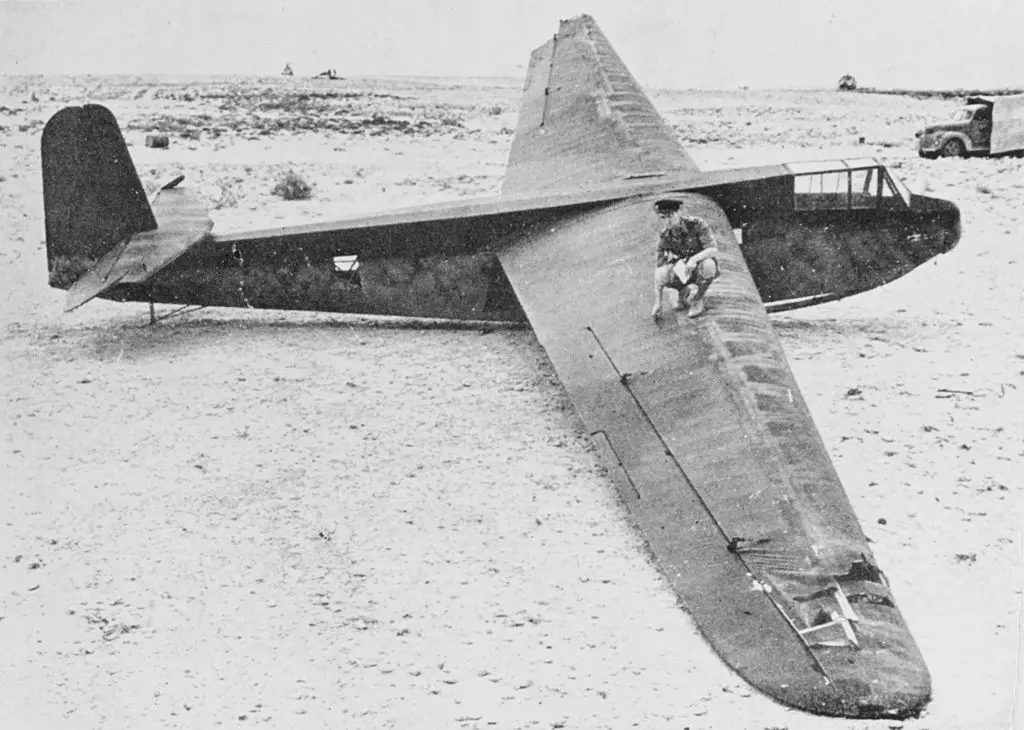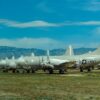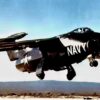A Leap into Development
When it came to the curious aircraft of World War II, gliders like the Gotha Go 242 are on an entirely different level of intrigue. Developed by the Gothaer Waggonfabrik company, the Go 242 was born out of a necessity: to ferry supplies and troops quickly across hostile territories. Recognizing the limitations of the earlier DFS 230 glider, the German Luftwaffe needed something more efficient and versatile. Thus, the Go 242 was conceived, and by 1941, it was already taking to the skies.
At first glance, the aircraft looked somewhat unconventional. Twin booms, a high-wing design, and tricycle landing gear gave it a distinct appearance, but underneath, it was all about getting the job done.
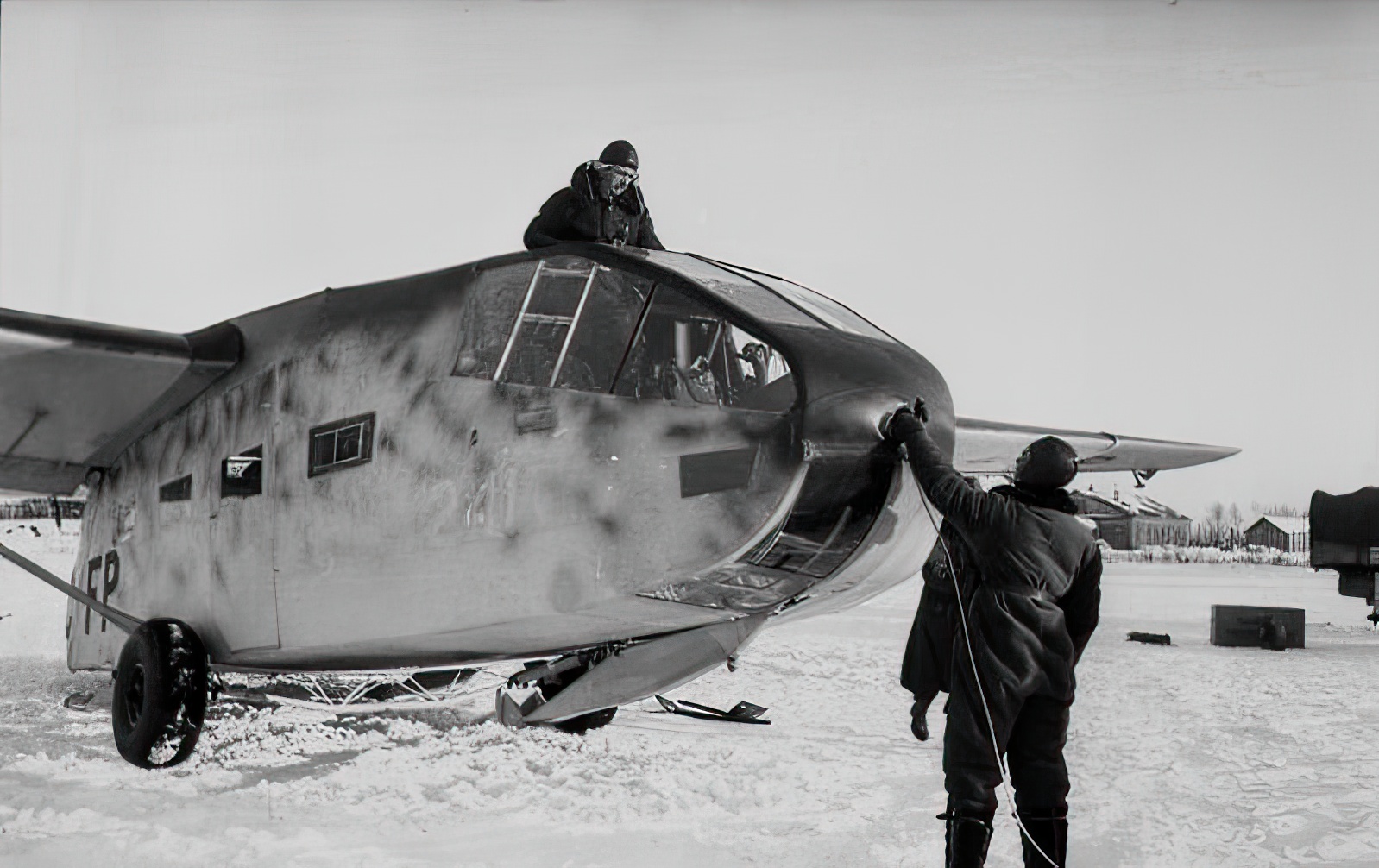
Stripped to Basics
The cockpit of the Go 242 was a study in minimalist design. It was, as some would describe it, “dumb simple.” With only essential instruments present, pilots needed to rely heavily on their instincts and training. The intention was clear: simplify operations and reduce the chances of equipment failure. The trade-off? Pilots had to be on their game, every single flight.
When it came to range, the Go 242 was no long-haul champion. But it wasn’t designed to be. The glider’s primary purpose was short, tactical missions, ferrying cargo and troops over relatively short distances. Its very nature limited its range, but within those limitations, it performed admirably.
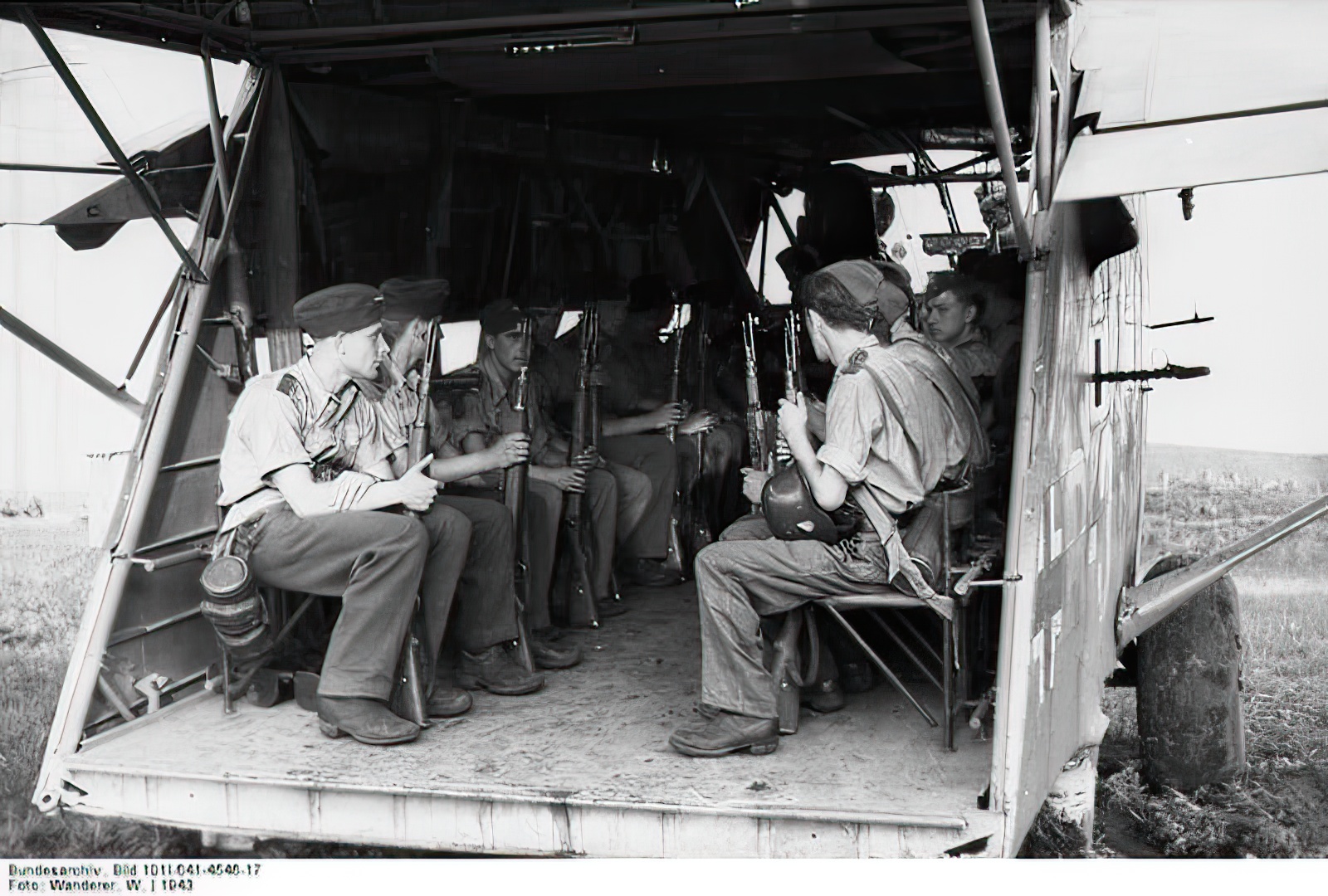
Takeoffs and Landings
While most aircraft of the era required a runway for takeoff, the Go 242 had a different approach. Given its glider status, it needed a bit of assistance to get airborne. Typically, a powered aircraft would tow the Go 242 into the air, allowing it to reach a suitable altitude before releasing it to glide towards its destination.
Landing the Go 242 was an equally unique experience. Its tricycle landing gear, paired with skids on the underside, allowed the glider to touch down in a variety of terrains. Whether it was a makeshift airstrip or a cleared patch of land, the Go 242 could handle it, making it versatile in operations.
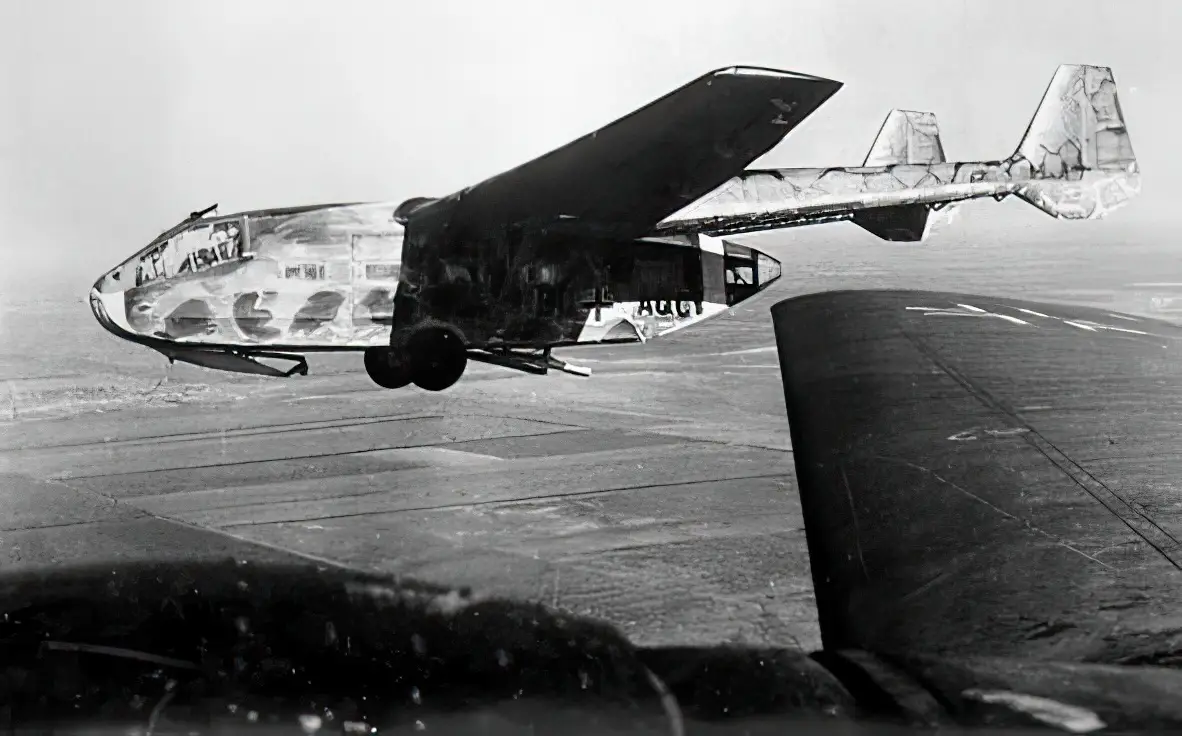
In the Thick of War
The Go 242 saw extensive use across various fronts in WWII. Its main theatre of operations was the Mediterranean, especially in supply runs in North Africa. Given its cargo capabilities, it was instrumental in transporting essential supplies, troops, and even the wounded. It could carry up to 23 fully armed soldiers or an equivalent weight in cargo, making it an invaluable asset.
However, its operational use wasn’t without challenges. Vulnerable to enemy fire due to its slow speeds and lack of armaments, the Go 242 often needed escorting fighters to ensure safe passage. But when it reached its destination, its contribution was undeniable.
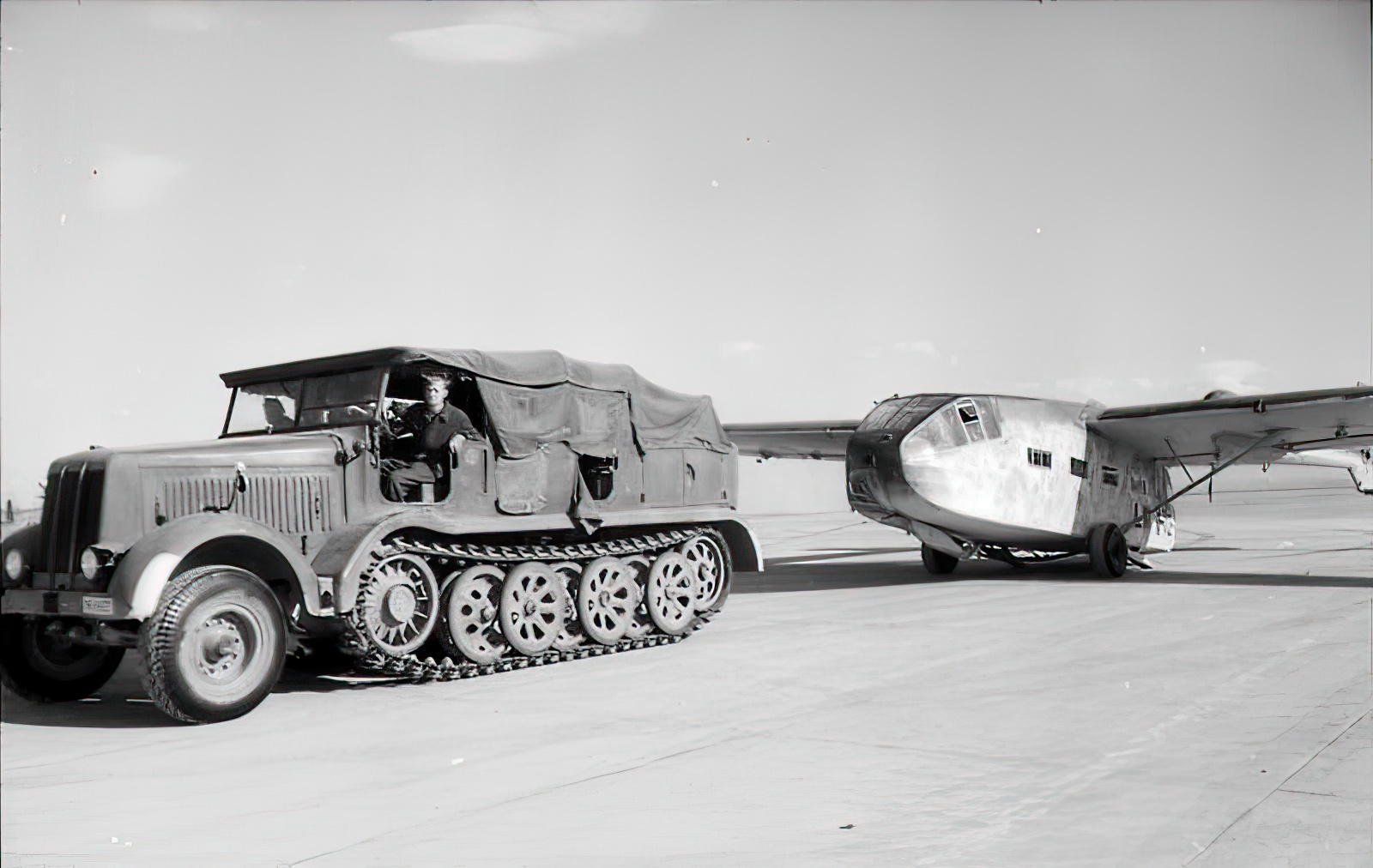
Efficiency in Flight
Was the Go 242 the most efficient aircraft of WWII? Perhaps not in terms of speed or range. But when you assess its design intent, it shines brightly. It was created to serve a specific purpose, and within that realm, it excelled. Its simplistic design meant fewer parts to malfunction. Its versatility in landing zones meant it could operate where other aircraft couldn’t.
In terms of cargo transport, few could match its efficiency given its size and design. It wasn’t about being the fastest or the most advanced; it was about delivering results. And in that, the Gotha Go 242 was a true success of its time.
